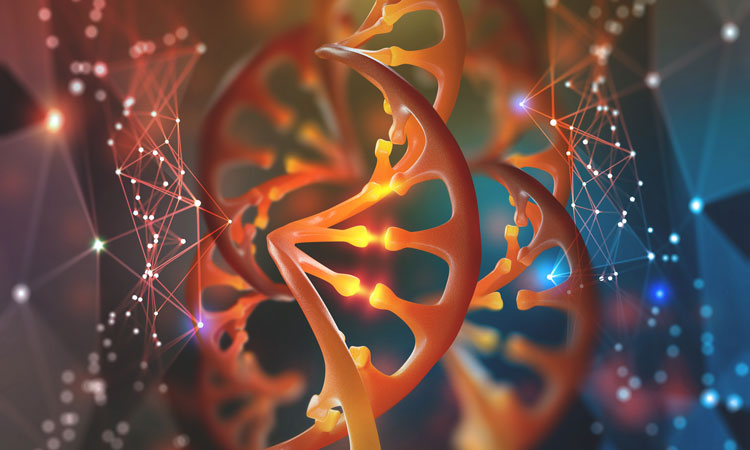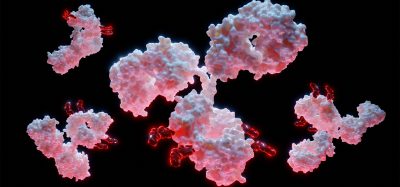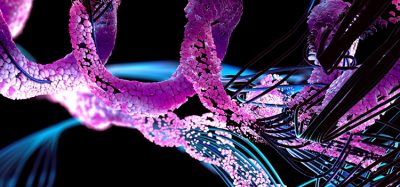DNA successfully cut and inserted using Class 1 CRISPR system
Posted: 10 December 2019 | Rachael Harper (Drug Target Review) | No comments yet
A new study has shown that a Class 1 CRISPR gene editing system can achieve functional DNA repairs in human cells with no prominent off-target effects.

Japanese researchers led by Osaka University have described a new genome editing approach which they say brings medicine much closer to eliminating a host of diseases caused by faults in DNA.
…this Cas3-based method offers a superior alternative to Class 2 CRISPR gene editing systems”
Using a Cas3 protein-based Class 1 CRISPR system, the team successfully demonstrated both DNA deletions and insertions in human cells. Notably, the Cas3 protein-induced unidirectional deletions of large sections of DNA, setting it apart from Class 2 enzymes which usually need help to achieve such large genome edits. Most importantly though, Cas3 achieved more efficient genome editing than Cas9, with no prominent off-target effects.
“Class 2 CRISPR systems, particularly those using the Cas9 or Cas12a enzymes, are widely used for eukaryotic genome editing,” says lead author of the study Hiroyuki Morisaka. “However, these systems aren’t perfect: as well as introducing unintended mutations, genome editing efficiencies using these methods can be somewhat variable.”
To confirm the therapeutic potential of the system, the researchers carried out Cas3-based repair of the DMD gene in induced pluripotent stem cells from a patient with Duchenne muscular dystrophy.
“Our results suggest that this Cas3-based method offers a superior alternative to Class 2 CRISPR gene editing systems,” said senior author Tomoji Mashimo. “As well as its obvious therapeutic uses, we envisage potential applications in drug discovery, disease prevention and crop improvement.”
The study was published in Nature Communications.
Related topics
CRISPR, Drug Development, Gene Testing, Genetic Analysis, Genomics, Therapeutics
Related organisations
Osaka University
Related people
Hiroyuki Morisaka, Tomoji Mashimo







